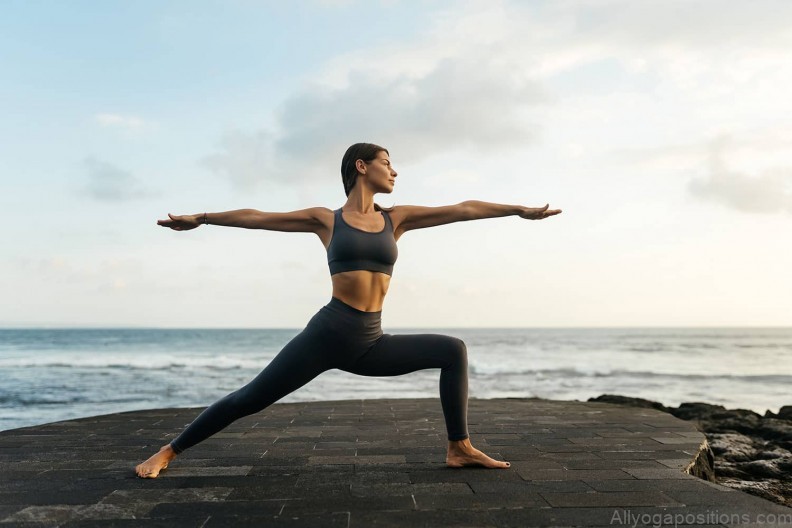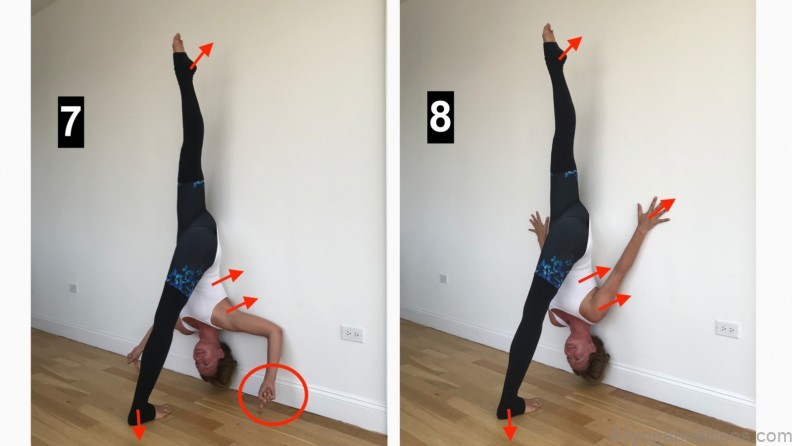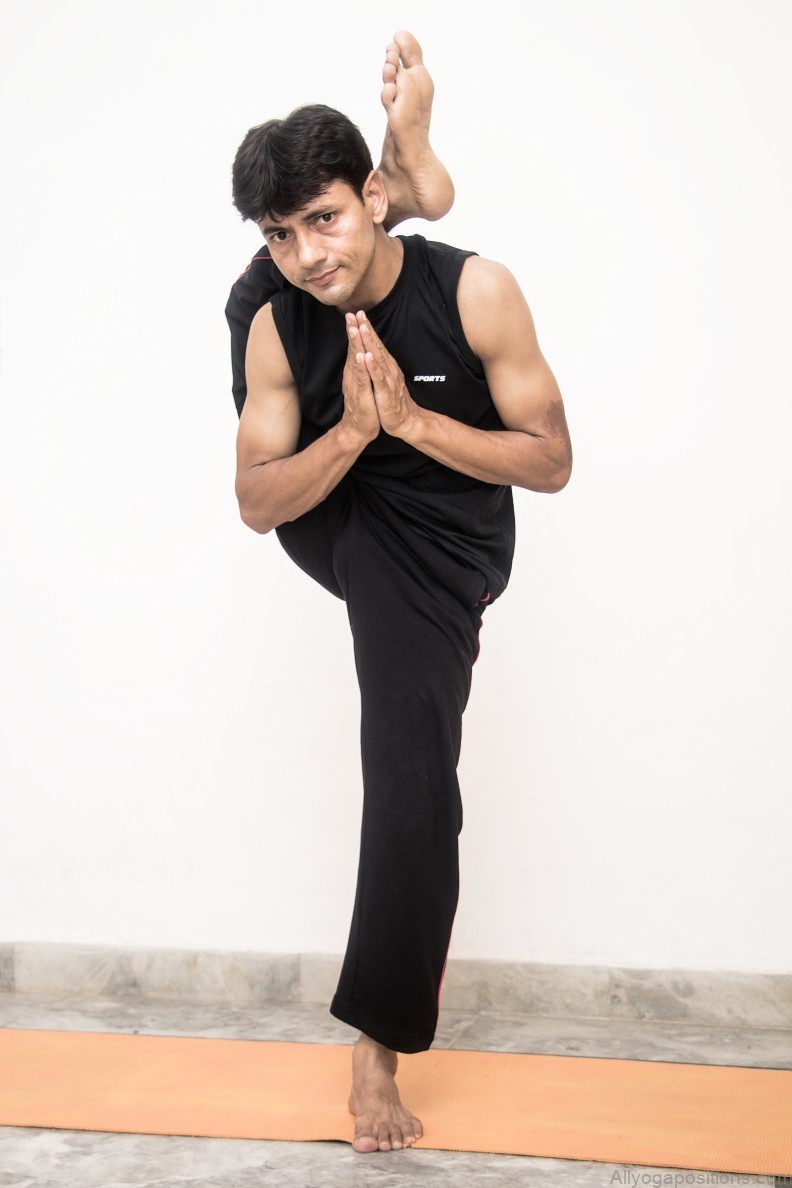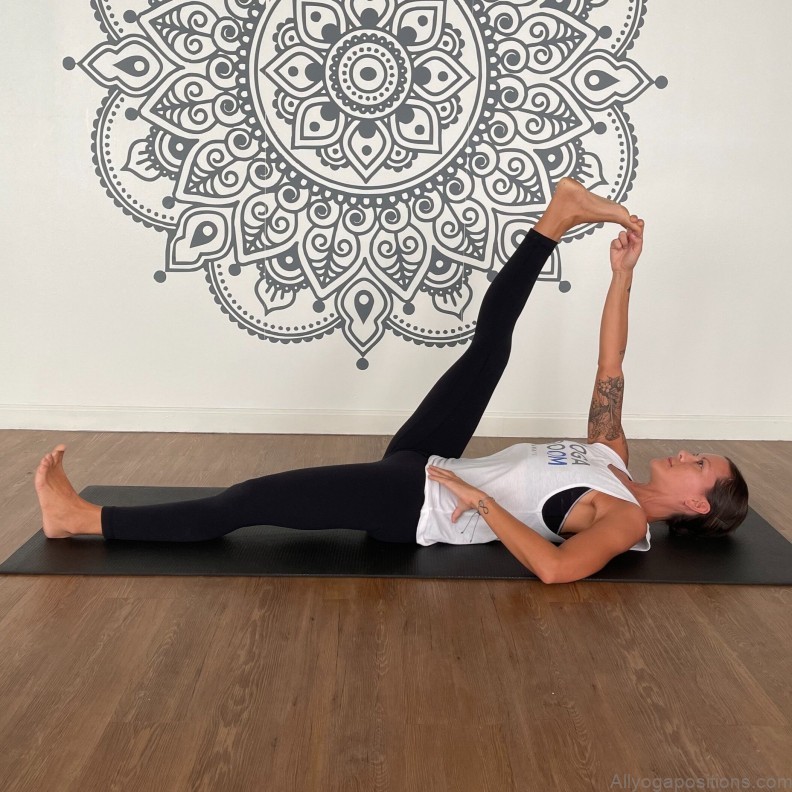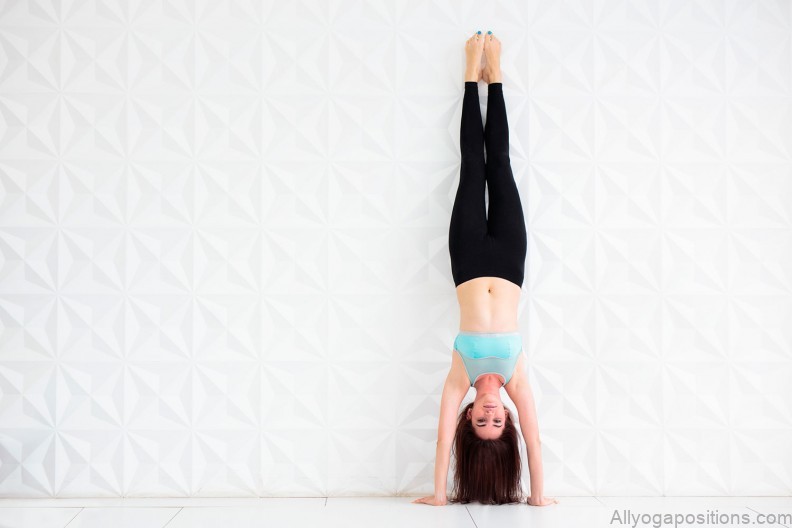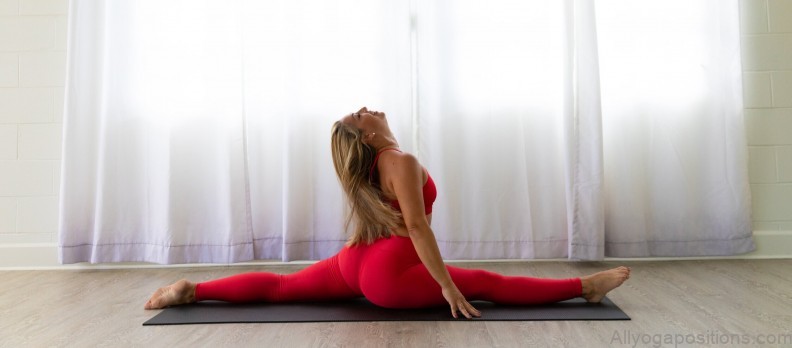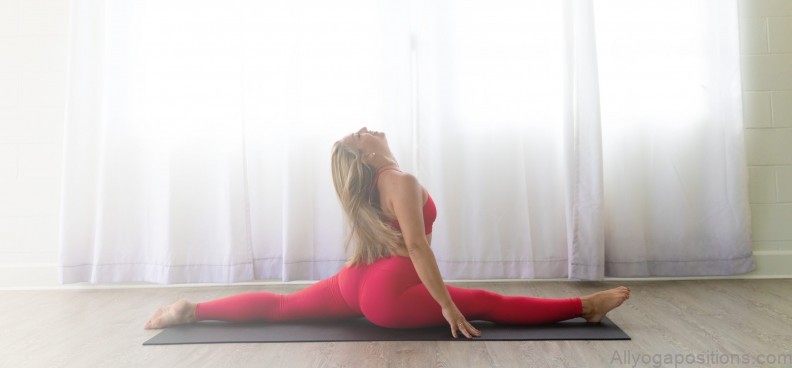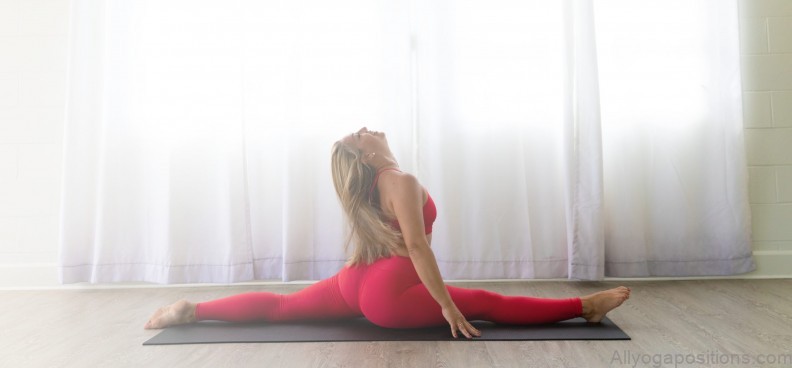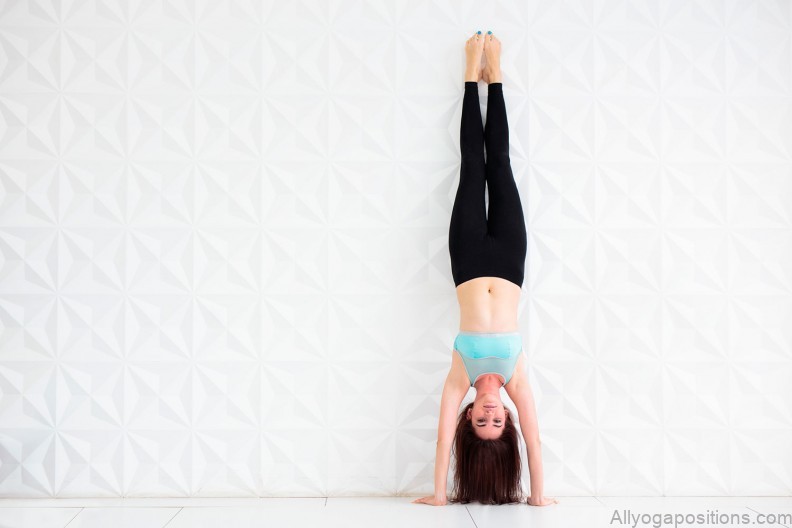Yoga is an age-old practice that has always been about the holistic development of the body, mind, and spirit. Among the numerous asanas that practitioners delve into, the Standing Splits Yoga Pose, or Urdhva Prasarita Eka Padasana in Sanskrit, stands out for its balance of grace, strength, and flexibility. In this blog post, we will navigate the nuances of this particular pose, helping you understand its significance, benefits, and the right techniques to achieve it.
Introduction to the Standing Splits Yoga Pose
Derived from the Sanskrit words, Urdhva (upward), Prasarita (spread), Eka (one), and Padasana (foot), the pose aptly describes a standing position where one foot is raised upwards. This is more than just a showcase of flexibility; it’s a testament to a yogi’s balance, strength, and concentration.
Mastering the Standing Splits Yoga Pose Photo Gallery
Benefits of the Standing Splits Yoga Pose
- Physical Strength: This pose provides a rigorous stretch to the hamstrings, thighs, and calves. The lifting motion not only works the muscles of the raised leg but also strengthens the standing leg, especially the quadriceps.
- Enhanced Balance and Focus: Holding the Standing Splits demands keen concentration. This enhances not only physical balance but also mental equilibrium.
- Stimulation: As a mild inversion, blood circulation to the brain is increased. This can result in improved cognition and decreased symptoms of stress or anxiety.
- Hip Flexibility: This pose is great for the hips, as it requires opening and stretching them. Over time, this can enhance overall hip flexibility.
Achieving the Perfect Standing Splits Yoga Pose
Starting Position: Begin in a forward bend, feet together.
- Shift Weight: Place hands on the floor and transfer your weight onto your right foot.
- Lift: Slowly lift your left leg towards the ceiling. Keep your hips squared to the front and ensure they don’t open out to the side.
- Stretch: Extend the lifted leg as much as possible, pushing through the heel. The eventual goal is to have it perpendicular to the standing leg.
- Stabilize: Keep your hands on the ground for balance. As your balance improves, try to hold your ankle with one or both hands.
- Hold: Retain the pose for a few breaths, and then lower the leg gently. Repeat on the other side.
Common Misconceptions About the Standing Splits Yoga Pose
- Only for the Flexible: Many beginners feel that this pose is only for those with innate flexibility. In reality, with consistent practice, anyone can progress in their range of movement.
- It’s About Height: While the visual of a high split is compelling, it’s more crucial to maintain squared hips and a straight back.
- Requires Upper Body Strength: This pose is more about leg strength and balance than upper body strength.
Conclusion
The Standing Splits Yoga Pose is a beautiful amalgamation of strength, balance, and flexibility. It’s not just about elevating a leg; it’s about grounding yourself, being present, and celebrating what your body can achieve. Remember, yoga is a journey. Every practice, every pose, takes you a step further in understanding yourself. Have you tried the Standing Splits Yoga Pose? How has your experience been? We’d love to hear your story. Leave a comment below!
FAQs (Frequently Asked Questions)
- Is the Standing Splits Yoga Pose suitable for beginners?
Yes, though it may require modifications and consistent practice to progress. - How can I improve my balance in this pose?
Focus on a fixed point in front of you. Engaging your core and practicing balancing exercises can also help. - Is it essential to achieve a full split in this pose?
No, the aim is to maintain alignment and stretch. The height will come with time and practice. - I feel strain in my standing leg, is that normal?
It’s normal to feel an engagement, but if it’s a sharp pain, consider adjusting your pose or consulting a yoga instructor. - How often should I practice the Standing Splits?
Incorporate it into your regular routine, even if it’s just a few minutes daily or every alternate day.
Table of Contents
Maybe You Like Them Too
- Mastering Virabhadrasana A: The Warrior Pose of Empowerment
- Embracing the Essence of Wide Legged Forward Bend: A Deep Dive
- Unlocking the Power of Prasarita Padottanasana: The Wide-Legged Forward Bend
- The Power and Elegance of the Wide Legged Forward Bend II Yoga Pose
- Mastering the Warrior II Pose: A Deep Dive into Its Benefits and Techniques














